
| Recorded by: Jim Petranka, Mark Basinger and Becky Elkin on 2025-10-17
Madison Co.
Comment: | 
| Recorded by: Marilyn Westphal on 2025-10-13
Henderson Co.
Comment: |
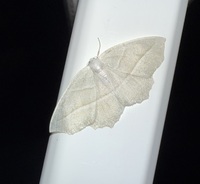
| Recorded by: Marilyn Westphal on 2025-10-12
Henderson Co.
Comment: | 
| Recorded by: Jim Petranka on 2025-10-12
Madison Co.
Comment: |

| Recorded by: Jim Petranka on 2025-10-06
Madison Co.
Comment: | 
| Recorded by: Marilyn Westphal on 2025-09-07
Henderson Co.
Comment: |
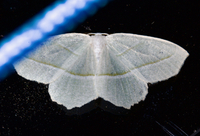
| Recorded by: Jim Petranka, Becky Elkin and Marilyn Westphal. on 2025-09-05
Henderson Co.
Comment: | 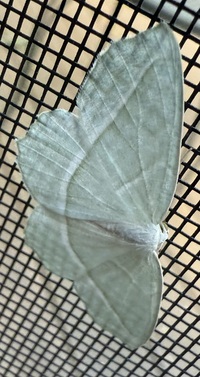
| Recorded by: Marilyn Westphal on 2025-08-30
Henderson Co.
Comment: |
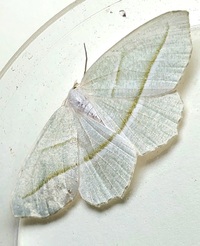
| Recorded by: Mark Basinger on 2025-08-11
Ashe Co.
Comment: | 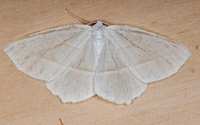
| Recorded by: Jim Petranka, Mark Basinger and Becky Elkin on 2025-06-25
Mitchell Co.
Comment: |

| Recorded by: Jim Petranka and Mark Basinger on 2025-06-23
Buncombe Co.
Comment: | 
| Recorded by: Mark Basinger on 2025-06-22
Buncombe Co.
Comment: |

| Recorded by: K. Bischof on 2025-05-23
Transylvania Co.
Comment: | 
| Recorded by: Emily Stanley on 2025-05-10
Buncombe Co.
Comment: |
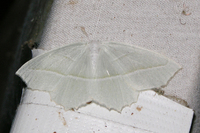
| Recorded by: Owen McConnell on 2024-10-22
Graham Co.
Comment: | 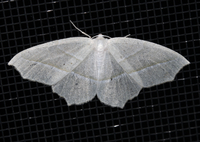
| Recorded by: Jim Petranka on 2024-10-03
Madison Co.
Comment: |
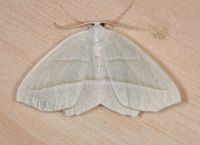
| Recorded by: Jim Petranka, Mark Basinger and Becky Elkin on 2024-09-21
Buncombe Co.
Comment: | 
| Recorded by: Mark Basinger on 2024-09-19
Buncombe Co.
Comment: |

| Recorded by: Jim Petranka on 2024-09-13
Madison Co.
Comment: | 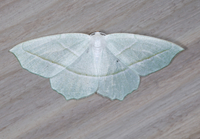
| Recorded by: Jim Petranka on 2024-09-11
Madison Co.
Comment: |
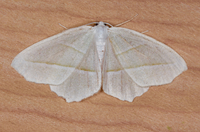
| Recorded by: Jim Petranka and Becky Elkin on 2024-08-27
Madison Co.
Comment: | 
| Recorded by: Jim Petranka and Mark Basinger on 2024-08-06
Mitchell Co.
Comment: |
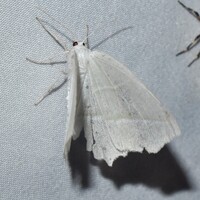
| Recorded by: Jeff Niznik on 2024-07-14
Watauga Co.
Comment: | 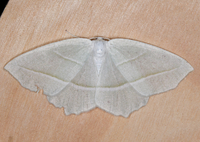
| Recorded by: Jim Petranka, Mark Basinger and Becky Elkin on 2024-06-25
Yancey Co.
Comment: |

| Recorded by: Mark Basinger on 2024-06-23
Yancey Co.
Comment: | 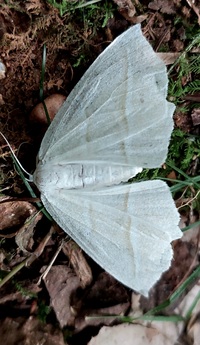
| Recorded by: Mark Basinger on 2024-06-23
Yancey Co.
Comment: |
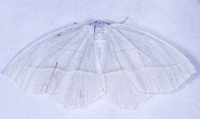
| Recorded by: John Petranka on 2024-06-19
Watauga Co.
Comment: | 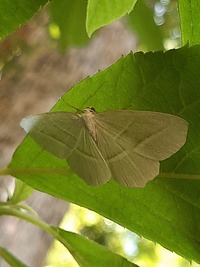
| Recorded by: Regina Patton on 2024-06-08
Jackson Co.
Comment: |
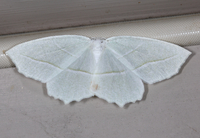
| Recorded by: Jim Petranka on 2024-06-06
Madison Co.
Comment: | 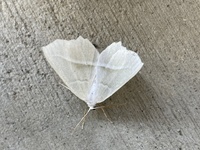
| Recorded by: Morgan Freese on 2024-06-04
Buncombe Co.
Comment: |
|

 »
»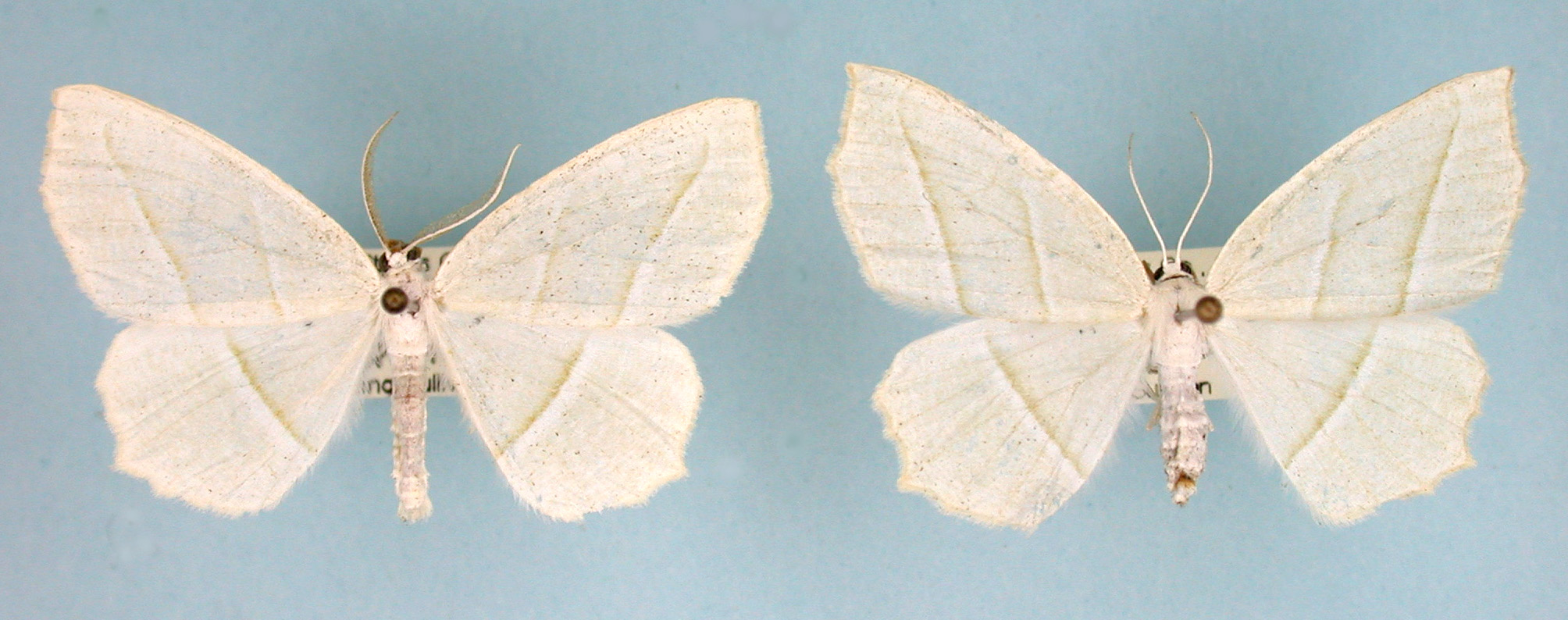


 »
»
